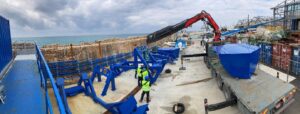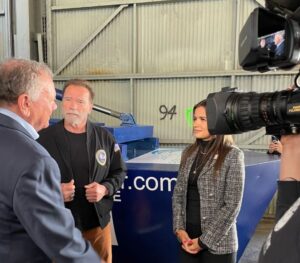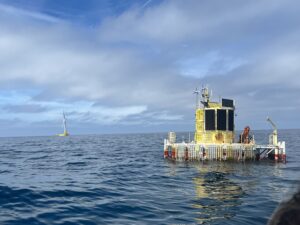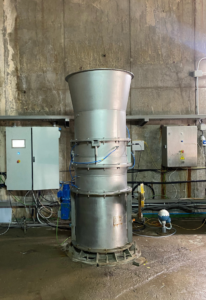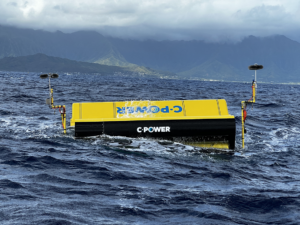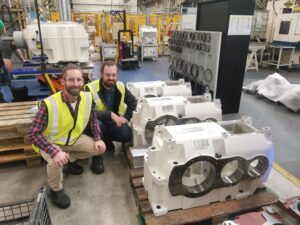Triton-C wave energy converter heads for Hawaii deployment site
U.S.-based company Oscilla Power has sent off its new wave energy system – the Triton-C – to Hawaii, where it will be deployed offshore the Marine Corps base in Kanehoe to generate renewable power from the waves of the Pacific Ocean.
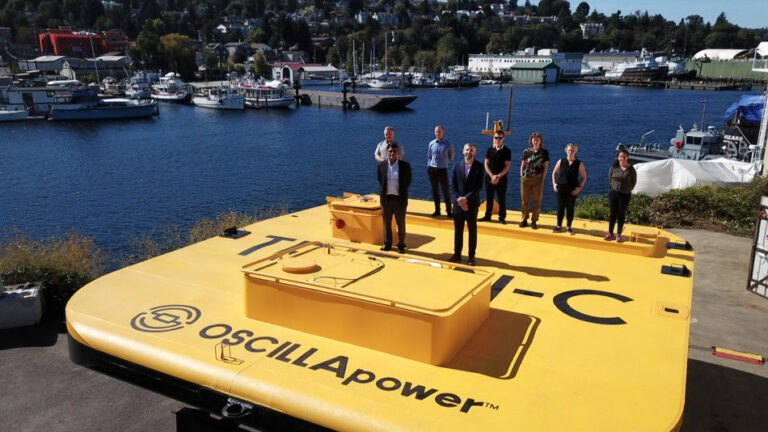
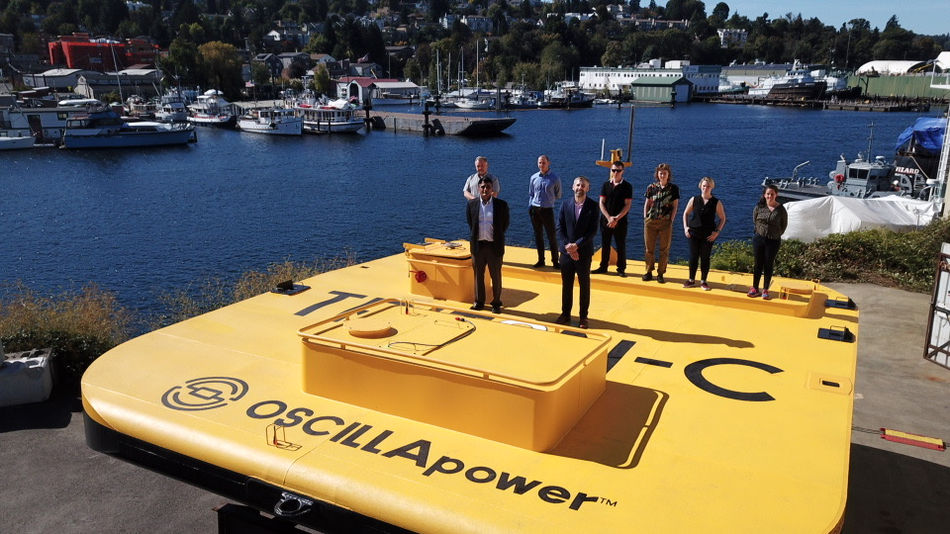
The Triton-C will be installed at the U.S. Navy’s Wave Energy Test Site (WETS) site, a pre-permitted location that includes all required infrastructure, such as the subsea grid connection and moorings.
This is the first commercial-scale demonstration of the Triton technology, which has been under development for more than a decade with the support by the State of Washington, the U.S. Department of Energy (DOE) and private funders.
While the Triton-C is designed to produce 100kW in energetic West coast waves, the waves at this site are about half the rated level due to a milder climate.
In addition, the test site is physically constrained to only allow 30kW to the grid, enough to provide power for about 25 houses, according to Oscilla Power.
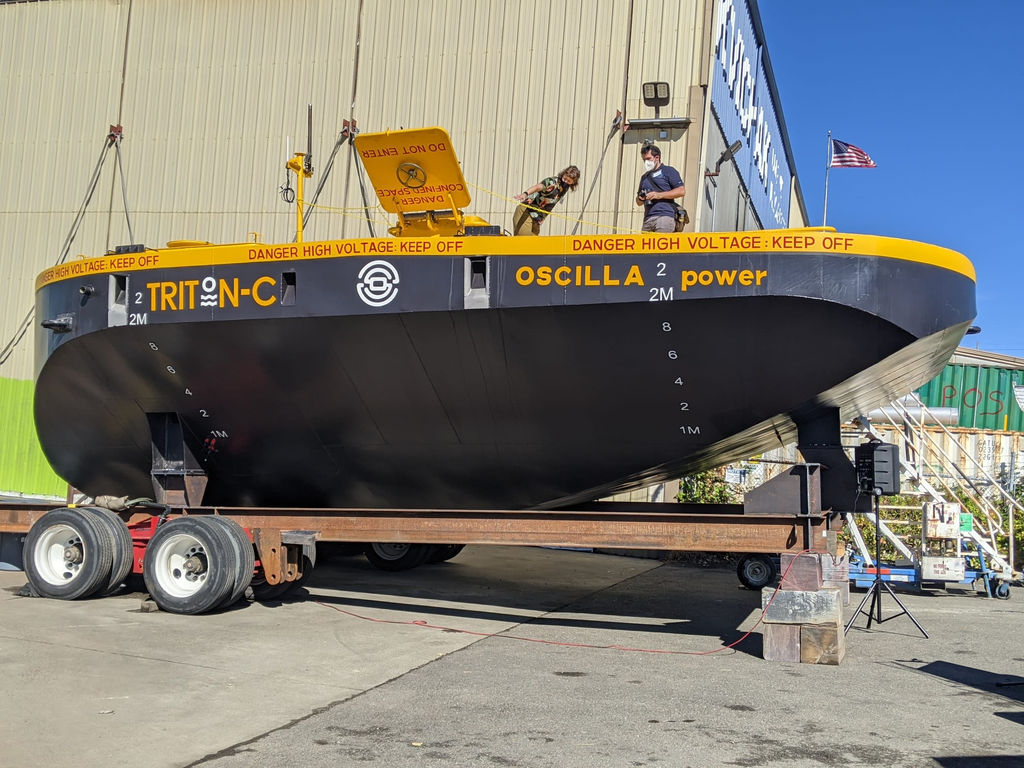
Triton technology uses a multi-mode point absorber approach to generating energy from the waves.
The device consists of a geometrically optimized surface float connected to a ring-shaped, vertically asymmetric heave plate.
The surface float is said to be able to extract energy from ocean waves in all six degrees of freedom, allowing for increased energy capture across a wider range of ocean conditions.
Balakrishnan Nair, CEO of Oscilla Power, said: “This is the result of innovation and collaboration between so many players, from the engineers and scientists that developed the design, to the fabricators that realized this concept, as well as government officials, venture capitalists and private funders. We can’t wait to install the Triton-C in its new home and begin generating power”.
Jennifer Garson, acting director of the Water Power Technologies Office at the U.S. DOE, added: “These types of systems will be critical to unlocking the potential for wave energy to serve remote communities and unlock power potential in the growing blue economy. DOE’s Water Power Technologies office looks forward to the successful launch in Hawaii of the Triton-C, and I congratulate the Oscilla Power’s team on the culmination of their hard work that brought them to this launch”.
The Triton-C is intended to be competitive in locations that are off-grid and diesel powered where the power cost can be excessive.
Some locations, such as rural areas of Alaska, may currently be paying upwards of $1/kWh for electricity, and solar or wind may not be viable options. Oscilla Power expects to be able to be price competitive, while being far cleaner and more sustainable, the company said.
Aside from the 100kW-rated Triton-C system, designed for remote or isolated coastal communities, Oscilla Power is also developing a larger system from the same multi-mode architecture and geometry.
The 1MW Triton is designed to be installed in large arrays to provide utility-scale power, and is expected to be about three times bigger in size than the Triton-C.
According to Oscilla Power, the first utility-scale demonstration of the Triton is planned to be near a port in Southern India.
Related Article
-
Oscilla Power starts crowdfunding to support wave energy project in India
Business Developments & Projects

